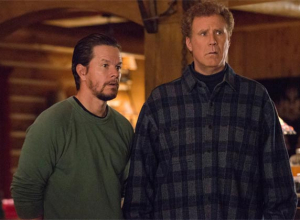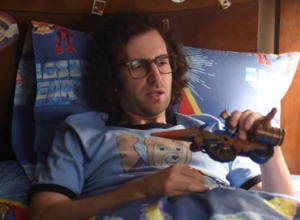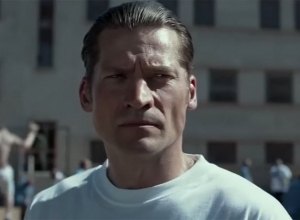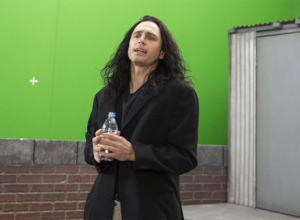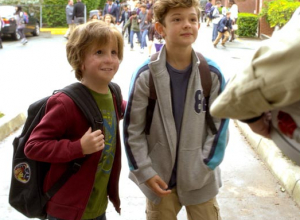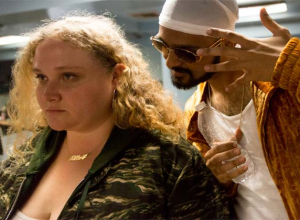Sigaw Review
By Keith Breese
Eastern ghost films from the '60s and '70s were subtle, moodier affairs that relied on atmospherics more than shocks. With the encroachment of Western cinema in the '80s and the introduction of flashy Hollywood style, Eastern horror films adopted some of the excesses that have become standard in traditional Western horror pictures: the POV camerawork, the Dario Argento gel lighting, the quick cut, and the shock-scare. Many young Eastern filmmakers incorporate these styles into their traditional ghost films, and the results have been breaking box office records across the globe.
Curiously, what remains of the conventional Eastern ghost film are the images that are most culturally specific: the long-haired drowned girl (most noticeable in Japanese horror), the idea that an evil impulse remains in one place long after the actors have left, and so on. Yam Laranas's Sigaw (The Echo) is a Filipino horror film that spins a traditional, though sincere, ghost story, albeit updated with modern effects and camerawork. What differentiates Sigaw from the rest of the pack (The Ring, The Grudge) is its simple story told simply.
The story revolves around a place, a decrepit concrete apartment complex, as much as it does the main character of Marvin (Richard Gutierrez). The apartment building that Marvin moves into is a sprawling, spiraling structure that is ominous and earthy. We never get a clear picture of the place, but it is a dreadful combination of low-income pre-fab blocks and oddly organic staircases and colors. It is always cloaked in shadow and haunted by odd groans and bangs. The structure may not be alive but it most certainly is haunted.
Every night, Marvin hears awful sounds of abuse emanating from his neighbor's apartment. The occupants, a policeman, his wife, and daughter, live in a netherworld of suffering; the cop's (Jomari Yllana) an alcoholic with a violent temper, his wife is a woman caught between devotion to her husband and fear for her child and her own life, and the little girl is a spooky, near-silent little waif who carries around a ragged doll. Marvin's girlfriend Pinky (the sexy Angel Locsin) tries to talk Marvin into moving; there are many more apartments in the city, but he's a trooper - like all ghost story protagonists, he won't let fear get the better of him.
When Marvin begins to see things, flashes of the neighbor's daughter drenched in blood, he begins to worry about his sanity. Ah, but there are far worse things than madness at work in his apartment complex. When Laranas reveals the twist of the movie, one that is not unexpected but wholly satisfying none the less, there is a sense of relief. It's not that the film is particularly suspenseful or horrifying, there are no scenes of cracked hags jerkily descending staircases or drowned ghouls walking out of television screens, but it has an atmosphere of fear and loneliness that is positively sinking. Sigaw cuts past all the shock and awe of revulsion to really get to the meat of the traditional ghost story: the human element. Ghost stories aren't about cackling bones, they're about people and people's fear, Laranas knows this and preys upon our emotions expertly.
American readers may encounter some difficulty in tracking down a copy of Sigaw (try the net), and I doubt the Hollywood machine will be remaking it any time soon. That's a shame, because Sigaw is a subtle, human ghost tale that will haunt you long after you've forgotten Dark Water or The Ring.
Aka The Echo.
Facts and Figures
Year: 2004
In Theaters: Sunday 20th February 1972
Reviews
Contactmusic.com: 3.5 / 5
Cast & Crew
Director: Yam Laranas
Producer: Lily Monteverde, Roselle Monteverde-Teo
Screenwriter: Roy C. Iglesias
Also starring: Jomari Yllana, Richard Gutierrez, Angel Locsin, Iza Calzado, James Blanco, Ronnie Larazo, Janella Denise Guevarra, Lily Monteverde, Roselle Monteverde-Teo

